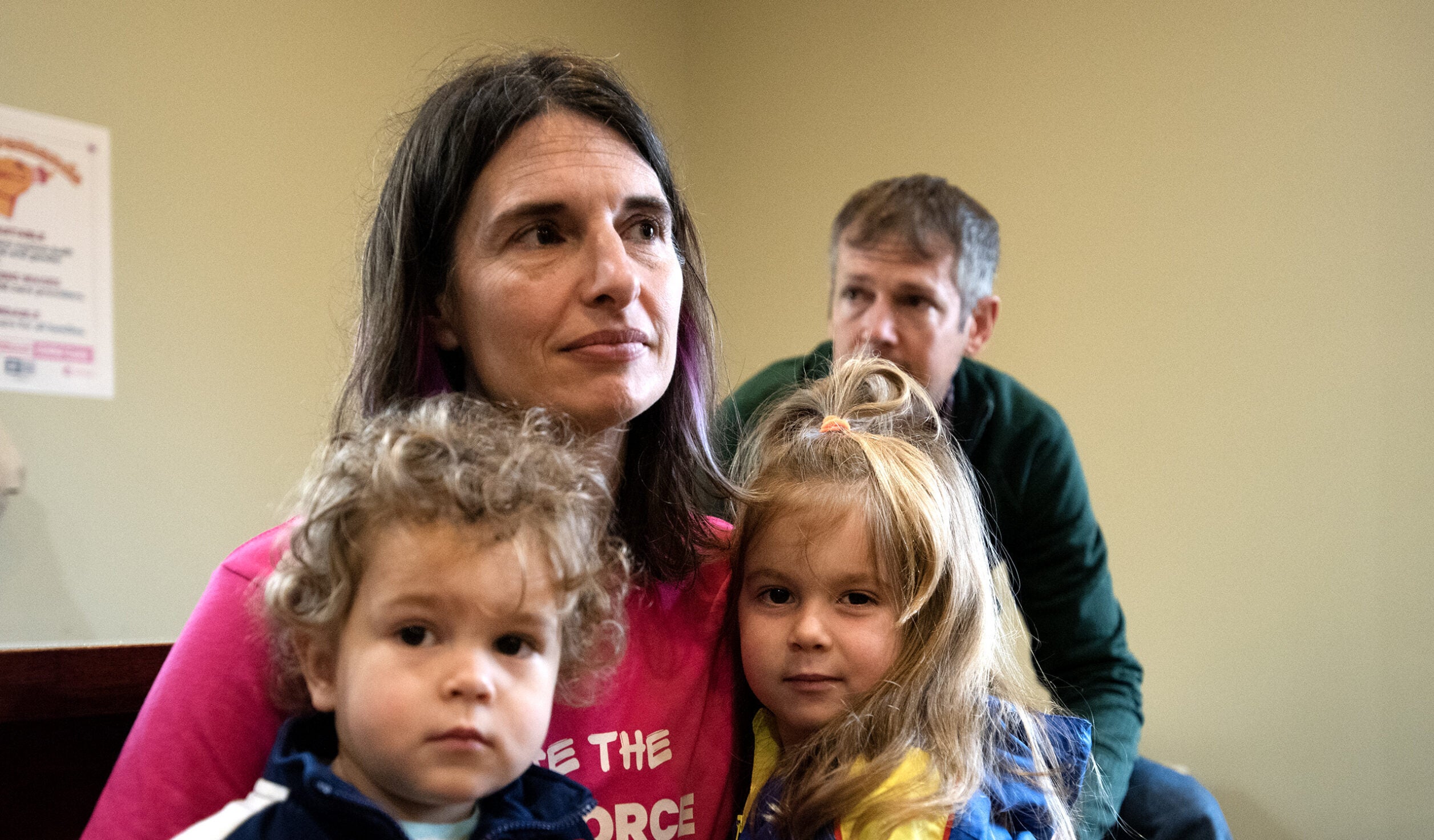Wisconsin’s child care businesses are facing a number of headwinds when it comes to staying afloat.
The most pressing issue is the struggle to find and retain staff while paying a livable wage, according to a new report from the state’s Department of Children and Families. It finds that the demand for child care is outpacing the remaining capacity of day cares and preschools.
The study, released earlier this week, gathers data from surveys conducted in February. Corrine Hendrickson, who owns Corrine’s Little Explorers in New Glarus, says the situation has only gotten worse since over the course of the year.
News with a little more humanity
WPR’s “Wisconsin Today” newsletter keeps you connected to the state you love without feeling overwhelmed. No paywall. No agenda. No corporate filter.
“I am pricing out families now,” she said. “I have never had problems filling my slots. But this year, it was the week before Sept. 1 when I still had three openings that got filled that week.”
“And that was frightening because I can’t operate with only five children. I won’t be able to pay my bills,” she continued. “I started looking for other jobs because I can’t justify putting my family into bankruptcy or losing my home if I can’t fill spots.”
On WPR’s “Wisconsin Today,” Hendrickson spoke about staffing challenges, tuition costs and government funding needs for child care. Here are some highlights from the interview.
The following was edited for brevity and clarity.
Staffing challenges
“We really need to be looking at how we invest per child and what this program needs to operate. How much do we need for the building, the utilities, and the food? How much do we need to pay our employees a living wage and benefits?
“That’s another thing we’re finding. For family child care in Wisconsin, the average staff age is 54. People have been doing this for a long time. They’re in their 70s, they’re almost 80. And they can’t retire because they have no retirement.
“We’re asking people to work until they almost die in this field. And that’s not fair. That’s not something that we as a society should be expecting of anyone.”
Tuition costs
“I’m with kids for 50 hours. They’re in care for about 10 hours a day. We have to be able to pay ourselves and our teachers that much. Last year, after we lost that federal funding and our state refused to continue it in the budget with other funds, I had to incrementally raise my rates. They’re $70 more a week than they were a year ago. I had several people looking and several people asking. But I would send them my contract and rates and they’d tell me, ‘I can’t pay that. It’s too much.’
“It’s affecting everyone, our middle income, our lowest income. The only people who can afford quality care are those who are in the higher socioeconomic status. We need that public investment to help offset that.”
The importance of public funding
“For myself as a family child care professional, the first time we received any other revenue that was beyond child care tuition was during the COVID pandemic. That was the very first time that my household family income was stabilized. That was the first time that I could buy my kids their clothes when they needed them. That was huge. And the reason that has never happened is because I cannot charge enough tuition to pay myself a decent wage.
“All the other countries around us are doing it, investing more and more. Because they’re understanding it’s the brain development, it’s that caring and nurturing relationship. Smaller group sizes are what we need so that we can meet these kids’ needs, especially with more and more having special needs. They should be included in our programs, but we can’t support them if we don’t have the lower ratios and the high quality teachers to support them.”
Unpredictability of care needs
“As more and more people have flexible work options, we can’t fill that whole slot. Say that parent is a nurse and their shift isn’t every Monday, Wednesday and Friday. It varies throughout the week. That child then needs to have a full-time spot because we can’t fill the other spots consistently. And we can’t be over ratio, for good reason, the health and safety of these children.
“Also, young children really need consistency of care. For those of us who do accept part-time, we’d like these days to be in a row because that’s what’s best for the children and their development. It’s really difficult for us to communicate that to the parents.”
Wisconsin Public Radio, © Copyright 2025, Board of Regents of the University of Wisconsin System and Wisconsin Educational Communications Board.







